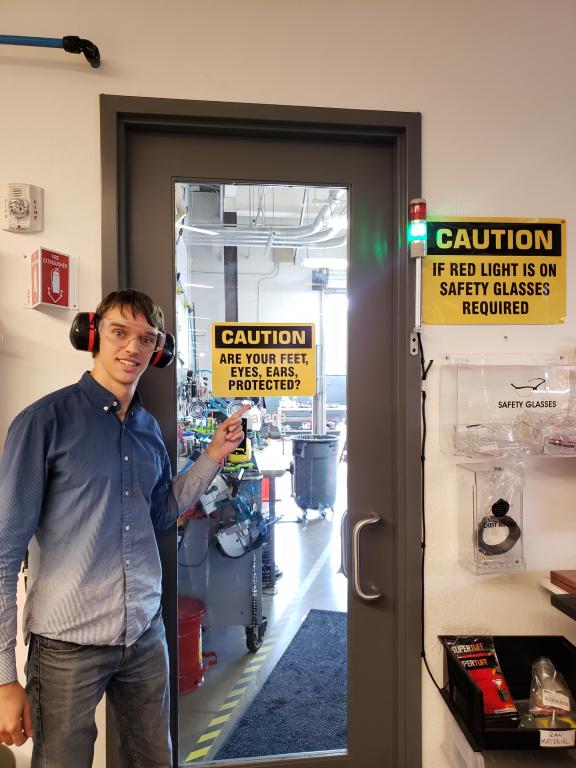
I'm Viktor Barinov (vsb), and I'd like to share a little about my experience with coding competitions and working at Level 5, Lyft's self-driving division. I graduated from Taurida National University, and have been an avid competitor in programming contests since high school.
My first introduction to ACM ICPC problems was at Timus in 2003. I was intrigued by math and algorithmic problems with tricky edge cases. Then I became hooked, solving a few problems from the archive daily. I later discovered UVA Online and started participating in local Ukrainian competitions, trying to advance to all-Ukrainian Finals and ACM ICPC SEERC. I then started competing at TopCoder and Codeforces. After a long path of learning, coding, and debugging, I became red on TopCoder, advanced to onsites with Google Code Jam, Mail.ru Cup, Petrozavodsk training camp, and finally got into ACM ICPC World Finals in 2009 and 2011.
I could spend whole days on problems while at my university and dreamed of turning my hobby into a career. I worked for a few companies before Lyft with more or less computer science challenges, but nothing as exciting as Lyft Level 5. Working on robotics and AI is extremely interesting and a great opportunity. Our division is a year old and operates like a startup — we have lots of high impact projects and a short feedback loop.
I'm grateful to be working on developing this important technology of the future. Having a background in Applied Math and Competitive Programming has set me up for success in my role and enabled me to learn new things for each project. Here are a few examples of projects and problems we're tackling at Level 5:
Big Data
Cars collect a lot of data from sensors and services. One car can generate a few hundred megabytes per second, and a small fleet can generate terabytes of data daily that have to be persisted and indexed in the Cloud for future analysis.
Machine Learning
Perception is a major piece of the self-driving puzzle and requires building high precision and low latency algorithms to detect cars, pedestrians, traffic signs, and more.
Motion planning
These are algorithms that generate car trajectory based on many constraints. Motiong Planning includes computational geometry, optimization methods, numerical methods, and more.
Localization and Mapping
We build 2D and 3D maps from camera and LIDAR data that is used in realtime to improve precision of localization. These problems include computational geometry, data structures and many other Computer Science areas.
Reliable and high performance software
This is a combination of competitive programming and building distributed systems. There are tons of subproblems that need to be solved, function correctly, and fit into some time limits. This needs to be an extremely reliable system — lives depend on it.
And these are just a few parts to developing a self-driving system. It requires a lot of infrastructure work, data platforms and pipelines, and more due to Big Data and High Load.
I am currently focused on building a Data Platform that allows all other projects to run data processing at a petabyte scale, and learning exciting details of all domains in the meantime. As someone with an Applied Math degree and Competitive Programming background, I see a lot of exciting projects with other teams for me to work on for years to come.
Feel free to send me personal message or comment to this post with any questions about Lyft and our Level 5 group.










